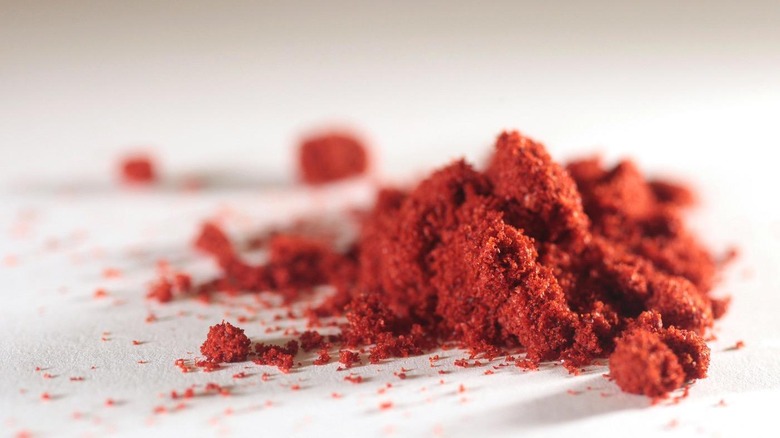How To Cook With Paprika
It's so much more than the stuff sprinkled on deviled eggs
Orange-red paprika adds a gorgeous color to what is often an otherwise sea of muted green spices. Perhaps known to some as simply a topping for classic deviled eggs, this peppery spice can do quite a bit more, provided you know how to properly harness its flavor.
RELATED Oysters Gregory with Grilled Leeks, Bacon and Paprika "
Flavor Profile
Paprika is essentially air-dried sweet peppers ground into a fine powder. While some types of paprika are no more complex in flavor than one of the red bell peppers sitting in your crisper, some bring a warm, smoky-sweet profile to a dish; others are sharp and pungent. Paprika can at times be spicy when blended with a bit of cayenne pepper during production. Though paprika is often simply sprinkled onto finished dishes, its flavor truly releases when heated with oil. So it's best to lug out a pan and do a bit of work as opposed to simply uncapping the jar.
Intriguing notes can be found in every type of paprika, but it's important to remember that the spice's flavor will dull (and even spoil) quickly with age. The answer? Simple, just buy paprika in small quantities and use it all up before grabbing a new jar.
What Can I Use It In?
Often used as seasoning (for hummus, waffle fries and those aforementioned deviled eggs), paprika is also a common ingredient in spice blends and rubs, marinades, sauces, and stews, as well as classic dishes like paella and chicken paprikash. As certain varieties of paprika have a relatively mild taste and bright color, the spice can also be used as a natural yellow, orange or red dye for certain dishes (try it in mac and cheese). Paprika's flavor can vary widely depending on where it's from, so always have a few small jars of several different types on hand.
Types of Paprika
Not all paprika is created equal. If a jar of the spice is labeled simply "paprika," it is characterized as "regular" within the culinary world. Regular paprika is not especially sweet or hot, making it a safe choice if you plan to sprinkle the spice willy-nilly on everything you cook.
Some recipes specifically call for bright-red Hungarian paprika, which is made from the same blend of sun-dried peppers. Though different varieties of the spice can range in heat, they all have a sweet base.
Spanish paprika (also known as pimentón) comes in levels of heat: dulce (mild), agridulce (semi-hot) and picante (hot). But perhaps the most exciting variety of Spanish paprika is smoked, which is produced by drying peppers over a fire—regular paprika can't hold a candle to its incomparably singed flavor.
Paprika vs. Cayenne
Although both paprika and cayenne are powders derived from chiles, they are not interchangeable. Essentially every bottle of cayenne, regardless of origin or brand, is tongue-numbingly spicy. So unless it's deliberately blended with cayenne, paprika is always relatively mild and can achieve a larger gradation in flavor.
